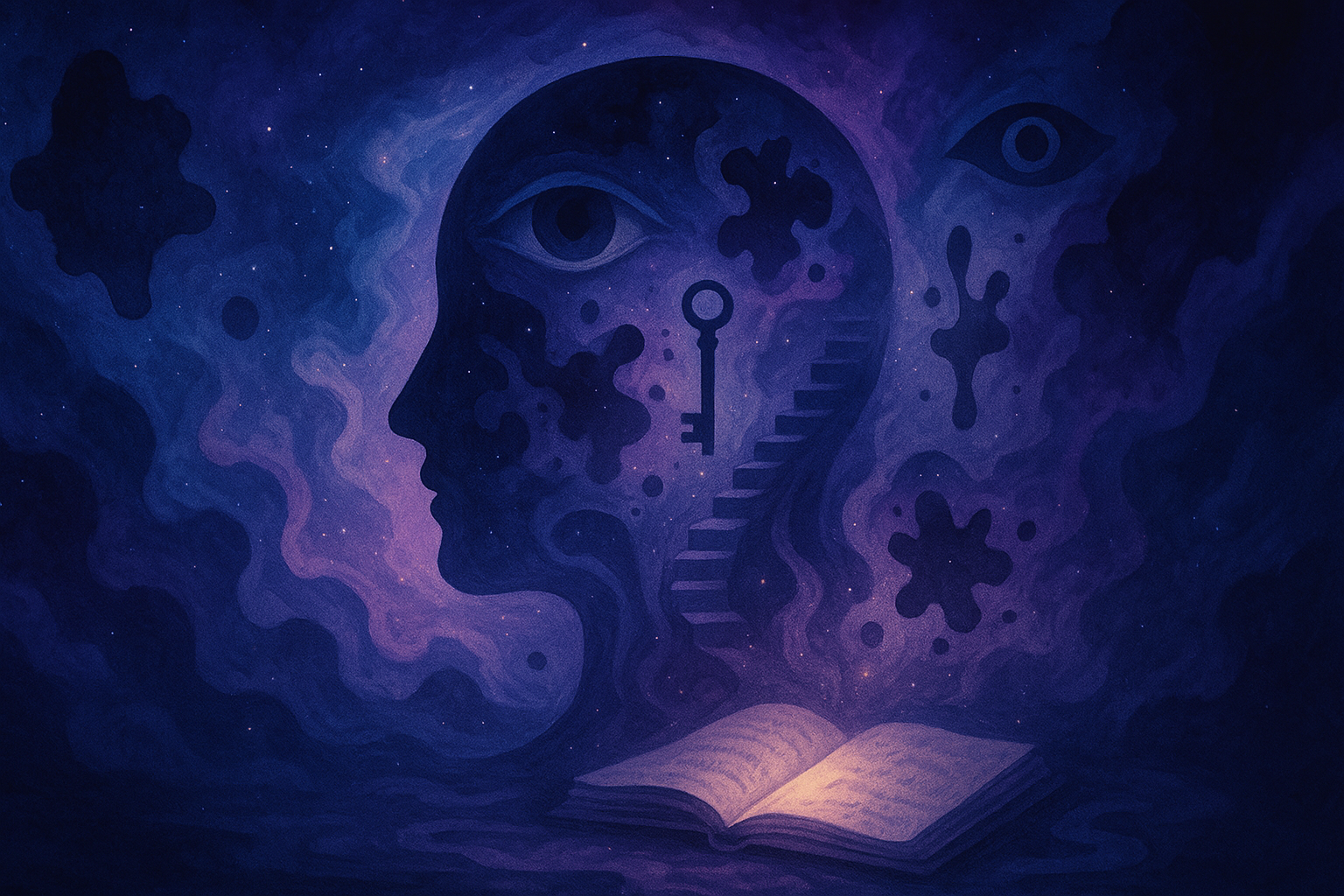Why We Dream: Exploring Theories from Freud to Neuroscience

The Mystery of Dreaming
Every night as we sleep, our minds create vivid narratives that can range from the mundane to the fantastical. These experiences—our dreams—have fascinated humans throughout history. But despite centuries of speculation and decades of scientific research, we still don't have a definitive answer to the fundamental question: Why do we dream?
While scientists haven't reached consensus on a single explanation, several compelling theories offer insight into this mysterious mental activity. Each perspective highlights different aspects of dreaming and its potential functions for our minds and emotional wellbeing.
The Many Roles of Dreams
Dreams appear to serve multiple purposes rather than having a single function. Modern research suggests that dreaming may simultaneously:
- Consolidate memories into long-term storage
- Process emotions from our daily experiences
- Express deep desires or unacknowledged feelings
- Practice confronting potential dangers in a safe context
These different functions aren't mutually exclusive—your dreams might serve several purposes at once, reflecting the brain's remarkable efficiency even during sleep.
Major Dream Theories Explained
1. Psychoanalytic Theory: Dreams as Unconscious Desires
Pioneered by Sigmund Freud in his landmark 1900 work "The Interpretation of Dreams," this theory proposes that dreams represent disguised fulfillments of repressed wishes. According to Freud, dreams provide a window into the unconscious mind, where our forbidden desires and impulses reside.
Key concepts from this perspective include:
- Manifest content: The literal, remembered content of the dream
- Latent content: The hidden, symbolic meaning
- Dream censorship: The psychic mechanism that disguises unacceptable wishes in symbolic form
While many of Freud's specific ideas have fallen out of scientific favor, his recognition that dreams can reveal meaningful psychological content remains influential.
2. Activation-Synthesis Model: Dreams as Neural Activity
Proposed by J. Allan Hobson and Robert McCarley in 1977, this neurobiological theory suggests that dreams result from the brain's attempt to make sense of random neural activity during REM sleep.
According to this perspective:
- The brainstem generates random electrical impulses
- The forebrain then attempts to create a coherent narrative from this chaotic activity
- Dreams are essentially the brain's "best guess" interpretation of internal signals
This theory challenges the idea that dreams necessarily contain deep, symbolic meaning, suggesting instead that much of dream content may be the product of the brain's natural meaning-making tendencies applied to random neural firing.
3. Information Processing Theory: Dreams as Memory Consolidation
A growing body of research suggests that dreams play a crucial role in processing and integrating new information into existing memory networks. During sleep, the brain appears to:
- Strengthen important memories
- Discard irrelevant information
- Make connections between new experiences and previous knowledge
- Solve problems by exploring novel associations
This perspective sees dreaming as part of the brain's ongoing memory management system, helping to sort and organize the vast amounts of information we encounter daily.
4. Threat Simulation Theory: Dreams as Evolutionary Adaptation
This evolutionary perspective proposes that dreams evolved as a mechanism for simulating threatening situations, allowing us to practice our responses in a safe environment. By rehearsing potential dangers during sleep, we might be better prepared to face real threats in waking life.
The theory suggests that this is why negative or threatening scenarios appear so frequently in dreams—they serve an adaptive function by helping us develop effective responses to potential dangers.
5. Emotion Regulation Theory: Dreams as Emotional Processing
This perspective focuses on the role dreams play in processing emotional experiences. According to this theory:
- Dreams help us work through emotionally significant events
- The unique neurochemical environment during REM sleep (high in acetylcholine but low in norepinephrine) creates ideal conditions for emotional processing
- Dreams may help dampen the emotional charge of difficult experiences
- Recurring dreams often reflect unresolved emotional concerns
This may explain why we frequently dream about emotional situations, particularly those involving conflict or unresolved feelings.
The Contemporary View: Integration
Modern dream researchers increasingly recognize that these theories aren't necessarily competing explanations but may describe different aspects of dreaming's multiple functions. The contemporary view tends toward integration, acknowledging that dreams likely serve various purposes simultaneously.
Dreams may function differently:
- At different stages of development
- During different sleep cycles
- In response to different life circumstances
- According to individual needs
What Your Dreams Might Be Telling You
While dream interpretation remains more art than science, paying attention to your dreams can potentially offer valuable insights:
- Recurring themes may reflect ongoing concerns or unresolved issues
- Emotional tone of dreams often mirrors waking emotional states
- Problem-solving dreams sometimes provide creative solutions to challenges
- Stress dreams (e.g., being unprepared, chased, or lost) commonly reflect anxiety
Rather than seeking rigid interpretations of specific symbols, consider how your dreams might connect to your current life circumstances, relationships, and emotional state.
Conclusion
The question "Why do we dream?" continues to inspire scientific research and philosophical inquiry. While we don't have definitive answers, the various theories offer complementary perspectives on this fascinating aspect of human experience. Dreams likely serve multiple functions—from processing emotions and consolidating memories to rehearsing responses to potential threats.
Understanding these different perspectives can enrich your relationship with your own dreams, potentially transforming them from mysterious nighttime narratives into valuable sources of self-knowledge and insight.
*This article summarizes information from "Why Do We Dream? Understanding Dream Theories" by Kendra Cherry, MSEd, published on Verywell Mind (https://www.verywellmind.com/why-do-
